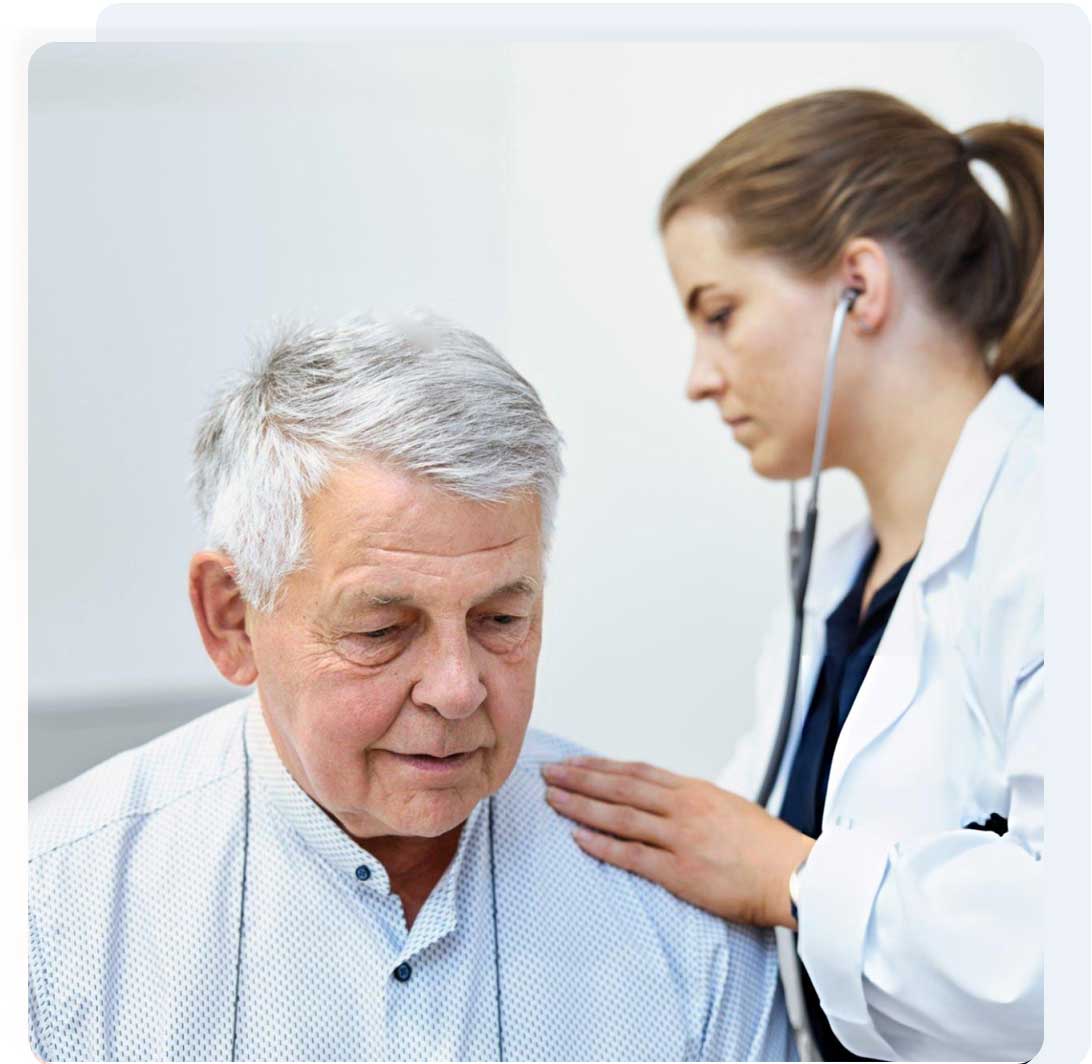Our Australian board-certified doctors are here to give you the care you and your loved ones deserve.

As the name suggests, respiratory tract infections are bacterial, viral, or sometimes fungal infections of the parts of the respiratory tract including the sinuses, throat, and lungs. These infections can affect your upper (such as seasonal flu) or lower respiratory tract (for example pneumonia). Lower respiratory tract infections are more serious and need dedicated care whereas upper respiratory tract last for a few weeks.
Symptoms of respiratory tract infections can be coughing, sneezing, runny nose, sore throat, headache, muscle pain, tightness of the chest, or difficulty in breathing due to mucous, fever, and generalized weakness. Your healthcare provider will treat the symptoms depending on the cause. Viral respiratory tract infections like common colds usually go away with provided care in a few weeks with the aid of symptomatic treatment. For bacterial respiratory tract infections, the doctor may prescribe antibiotics for a certain period. For diagnosing the root cause of infection in severe cases, the sample of a patient’s mucous may be tested.
We offer:
Telehealth consultation to treat respiratory tract infections from anywhere in Australia.
A detailed assessment by medical experts to understand your symptoms, medical and family history, diet pattern, and lifestyle.
Trusted medical advice specific to rectify causes an symptoms of the disease.
Instant online prescription to get your treatment started right away.
Online medical certificate for your condition.

With an average star rating of 5/5
Upper respiratory tract infections infect the nose and throat and usually include common cold, cough, tonsils, and sinus infections. Whereas, lower respiratory tract infections infect lungs and airways and include severe infections that last for weeks. Pneumonia influenza, and bronchitis are some examples that need prolonged treatment.
Respiratory tract infections usually pass in a few weeks. To deal with the symptoms at home, you should avoid cold beverages, and gargles to get rid of sore throat, do steam inhalation, and use lozenges.
Cover your mouth while sneezing or coughing, wash your hands frequently, take care of used tissues and used products, and get vaccinated for long-term protection against severe respiratory infections.

May 14, 2025
Blood tests are a routine part of modern healthcare. They help diagnose illness, track ongoing conditions, and check general health.…
Read Article >>
May 13, 2025
Finding time to see a doctor during the day isn’t always easy. Maybe you’re working late, juggling family responsibilities, or…
Read Article >>
May 7, 2025
Struggling to attend classes due to illness? Feeling the weight of stress or anxiety in your studies? Missing school days…
Read Article >>